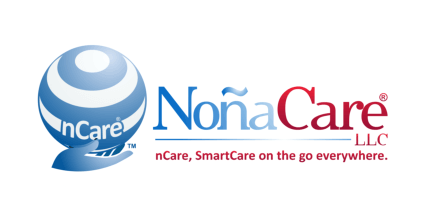
Pressure ulcers, commonly known as pressure sores and bedsores, are injuries to the skin and underlying tissue due to prolonged pressure on the skin. People who are bound to their bed or those who sit in a chair or wheelchair for long periods usually experience this condition.
NonaCare, LLC, a health care that provides a complex of Homecare Services in Massachusetts, offers a brief discussion about bedsores.
What contributes bedsores?
Prolonged pressure on the skin is the main cause of bedsores, but there are other possible factors that can contribute to the condition. These include the following:
- Age. The skin becomes frailer with old age. That is why people over eighty years old are more susceptible to developing pressure ulcers.
- Limited movement. Patients with mobility issues are at more risk of developing pressure sores. Immobility may be due to spinal cord injury, poor health conditions, disability, and other causes.
- Shearing and friction. Patients who maintain the same position for an extended period are more likely to experience shearing and friction caused by the rubbing of the skin against the clothing or bedding. As a result, the skin stretches and in turn impairs blood circulation.
- Poor nutrition and dehydration. To maintain a healthy skin, people need an adequate amount of fluids and essential vitamins and minerals.
- Moisture. Sweat and urine or feces, make the skin under pressure, more likely to suffer bedsores.
What are the warning signs of bedsores?
In an article published by Harvard Health Publishing, the author classified the
symptoms of pressure sores into four stages:
Stage One: There is a presence of a lasting patch of red, purple, or blue skin (depending on the skin color). The patch may feel warmer or colder than normal and may be tender or itchy.
Stage Two: The affected skin blisters or develops an open sore or abrasion. There may be mild swelling in the surrounding area.
Stage Three: The sore creates a crater that goes below the skin surface.
Stage Four: The crater excavates and extends into the muscle, bone, tendon, or joint.
The common sites of pressure sores are found on the back or sides of the head, tailbone, back or arms and legs, shoulder blades, and spines.
How to prevent bedsores?
Prevention is better than cure and this holds true for bedsores. They are easier prevented and cheaper to avoid than to treat.
- Reposition the patient once every two hours.
- Opt for a specialized mattress.
- Use cushions to protect bony areas, like the hip.
- Observe a proper skin care regimen.
- Inspect the skin regularly for the formation of bedsores.
- Choose a healthy diet.
NonaCare, LLC is a Health Care in Massachusetts. We aim to give you comfort and superb health by offering home care services accompanied with our caregiving prowess. We render our services 24/7. You can trust the abilities of our health staff as they underwent an extensive selection process.
Get to know more about us by visiting www.nonacare.com or feel free to reach us directly at 1-855-484-NONA (1-855-484-6662).
Disclaimer
Blogs, content and other media uploaded online are for informational purposes only. Contents on this website should not be considered medical advice. Readers are strongly encouraged to visit their physician for health-related issues.


Leave a Reply